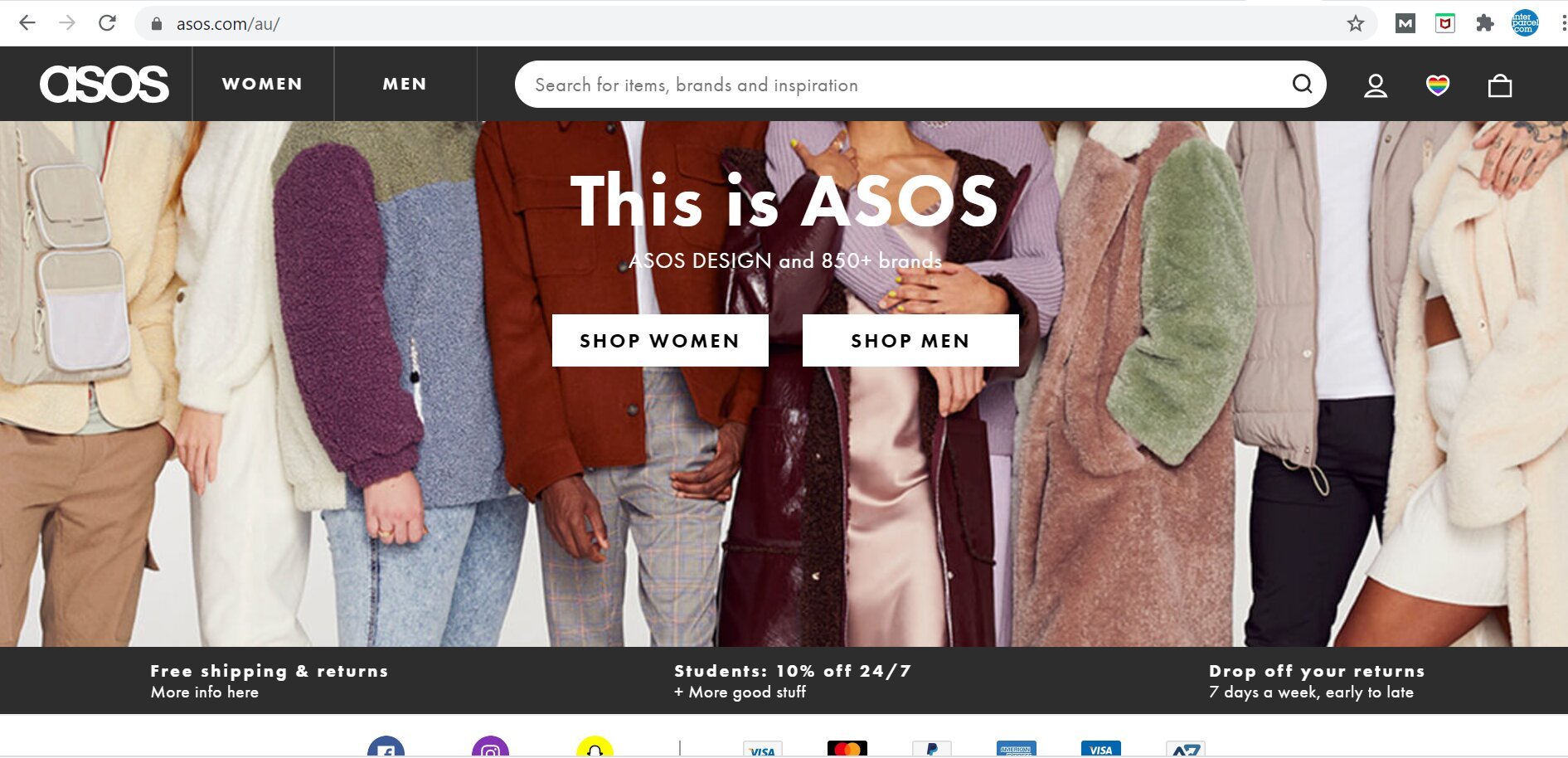With the likes of eCommerce giants like Amazon and ASOS, more and more customers have the expectation of free delivery for their products. However, many businesses overlook their shipping strategy as a marketing tool to offset business costs by delivering volume. The truth is, free shipping sounds like magic to your customers. The question is, how do you get the word out there, so that free shipping is a viable option for your business?
Why should eCommerce retailers offer free shipping?
One of the biggest points of contention when it comes to a customers' decision to abandon their cart, is delivery costs. Creating a free shipping strategy plays against any fears of additional costs and delays and makes your store more attractive to customers. When used right, it also inevitably leads to the following benefits:
- Increased sales
- Increased order value per user
- Increased loyalty
It's a no brainer that customers prefer free shipping vs paid shipping. But if you need more concrete statistics, studies show that retailers that offered free shipping have seen a 10% increase in revenue. Another case study claimed that free shipping increased eCommerce orders by 90%.
Create your free shipping plan
Shipping expenses are a fact of life for any online store. It's important to plan it in advance so that your customers aren't breaking the bank paying for customer's shipping.
- Look at your current shipping costs
- Look at how much profit you're making from your most popular products
- Find a price-point higher than your current average order value
- Consider your customer buying cycle, typically free shipping works best at the purchase stage of your customer journey
There are a few different free shipping techniques that you can use:
- Free shipping store-wide, no limitations
- Free shipping only if you're a member, or have been a member for a certain period of time
- Free shipping if you spend a certain amount of money in one order
- Free shipping attached to certain products
- Free shipping if you purchase during a certain time period
- Free shipping for first time customers only
- Free shipping to a certain region or location only
How to offer free shipping and still make money?
It should be clear by now that offering free shipping will increase your conversion rate. But if you're not careful, it can also kill your margins. Because at the end of the day, if you can't make it profitable, it's not worth it. The key here is to test different techniques to figure out the conversion sweet spot for your business. We recommend starting with:
- Free shipping if you spend a certain amount of money in one order
- Free shipping on certain products (where you know the shipping cost is low)
- Free shipping on high value items only
It's important that you understand your baseline figures first before launching these tests. You will be able to determine the best scenario for your business to offer free shipping, whilst still making a profit.
Send an email blast to your customers
The beauty of having your own eCommerce website, as opposed to selling on third-party websites, is that you can start to build your email marketing list and talk directly to your customers. To grow your email list, try offering different promotions directly to their inbox in exchange for their email address.
Good eCommerce lead magnets include discount codes, guides and giveaways. Make sure you always have a landing page ready to advertise the benefits of joining your loyalty club. A good example of this is Amazon Prime. They offer two-day shipping for members of their loyalty program, which is something that they've used in their marketing activity (quite heavily) to brand their loyalty program.

Additionally, if you send abandoned cart emails (which you should), free shipping is a mechanism you can use to convince customers to place an order with your store.
Create an eCommerce banner on your website
Devote significant homepage real estate to advertising your free shipping offer, including delivery date and cutoff times as the holidays draw nearer. You should also add these call-outs below each product thumbnail and on category pages. This reinforces your offer for customers who are already looking to purchase. A great example of this is ASOS, where free shipping is referred to on almost every page.

Create a social media campaign
Everyone and their mother is on social media, usually on Facebook and Instagram. In fact, 60% of the country is active on some sort of social media. Adding value to your followers is what makes them stick around, and sharing promotions with your community is a great way to do this. If they find it worthwhile, they might even share with their friends. Consider running social media ads to create awareness of your free shipping offering, and providing incentives to share, like offering product discounts. Be sure to get the right targeting in place, and you'll start to see your conversions for free shipping campaigns increase.
Work "free shipping" into your website's meta filters
51% of people said that they discovered a new company or product while browsing Google. To increase your visibility and click through rates on search engines, work "free shipping" into your title and meta tags. Since people tend to scan headlines, it's important that if you're testing this strategy to use keyword free shipping in the title of your ads.
Partner with other sites to promote
Remember, sharing is caring. Developing co-branded partnerships with other retailers is an easy (and free) way to get the word out there about your store. Create a list of companies that complement your business and suggest running an on-site promotion, where your partner advertises your products for purchase and vice versa. Run a joint email campaign with your partner to advertise the campaign and you'll see increased sales during your event, guaranteed.










 Facebook
Facebook Twitter
Twitter Instagram
Instagram Linked In
Linked In YouTube
YouTube